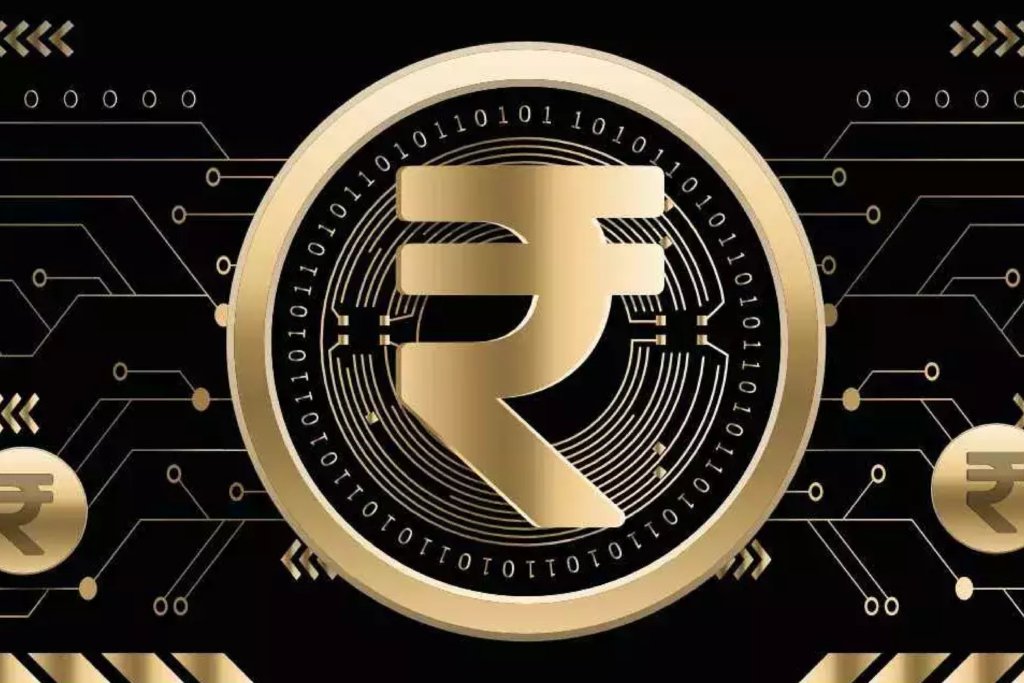Introduction
India is the world’s fifth largest economy, reflecting its strong economic growth. In the 21st century, the digital age has had a huge impact globally. More and more, people are using digital methods to handle money, like buying things online or paying with their phones
Meaning of E-rupees
India has launched its own digital currency called e-Rupee. It’s like the traditional rupee but exists only in digital form. This new currency is managed by the Reserve Bank of India (RBI), making it different from cryptocurrencies like Bitcoin. e-Rupee uses technology that records all transactions securely, called block chain.
The e-Rupee was launched on December 1, 2022, by the Reserve Bank of India (RBI) as a Central Bank Digital Currency (CBDC). It works like regular money but exists only in digital form. This digital rupee is meant to be used for all kinds of transactions, just like physical cash.
Types of CBDCs
CBDCs are categorized into two main types:
- Retail CBDCs: It is meant to be used by the people, like cash.
- Wholesale CBDCs: It is used by banks to settle transactions between banks and for other large-scale financial activities.

Benefits of digital rupees
1. Faster Payments
Transactions with digital money can be done significantly faster than with traditional techniques such as wire transfers or automated clearing houses. Rather of waiting days for banks to validate transactions, digital payments can be completed virtually quickly.
2. Cost-Effective Global Transfer
Sending money internationally can be costly due to high fees and currency conversion expenses. Digital money can dramatically cut these fees, making international transactions more affordable and faster.
3. 24/7 Availability
Digital money transactions take place continuously, 24 hours a day, seven days a week. Unlike traditional banking hours, which may delay transactions on weekends or outside of typical business hours, digital currencies allow transactions to take place at any time.
4. No physical manufacturing.
Unlike physical currencies, which require printing and minting facilities, digital currencies require no physical production. This minimizes manufacturing costs while also eliminating difficulties like as physical wear and tear.
5. Efficient government payments.
A government-backed digital currency has the potential to streamline social benefit transfers such as child assistance, food stamps, and tax refunds. Instead of utilizing prepaid debit cards or mailing checks, recipients might receive these payments promptly and securely.

The difference between cryptocurrency and digital rupee
The fundamental distinction between cryptocurrency and digital rupee is that the latter is regulated and recognized as legal cash by the RBI, whereas the former does not have an official regulator. Transactions using digital rupee can provide some privacy, similar to other digital payments in which money is sent between wallets after being withdrawn from a bank account. However, the RBI, which monitors and regulates all transactions, can continue to monitor and track them.
Conclusion
In essence, digital rupees are electronic cash used for everyday transactions like purchasing products and services. Unlike cryptocurrencies, the digital rupee cannot be treated as an asset class for investing purposes.
Watch this video to know more about E-Rupee
















YouJizz Thank you so much for sharing this blog post. I appreciate it. Cool.